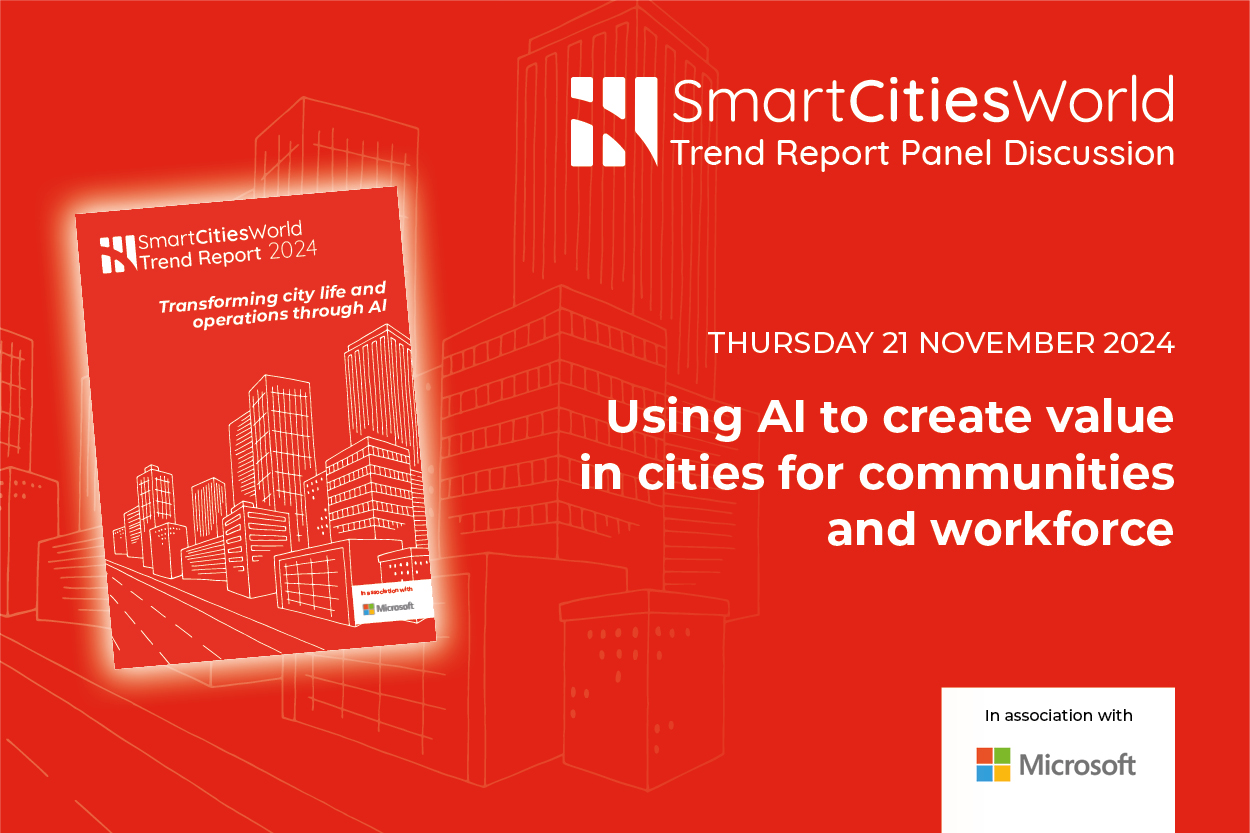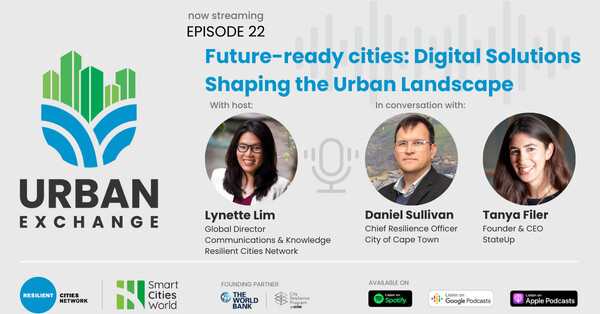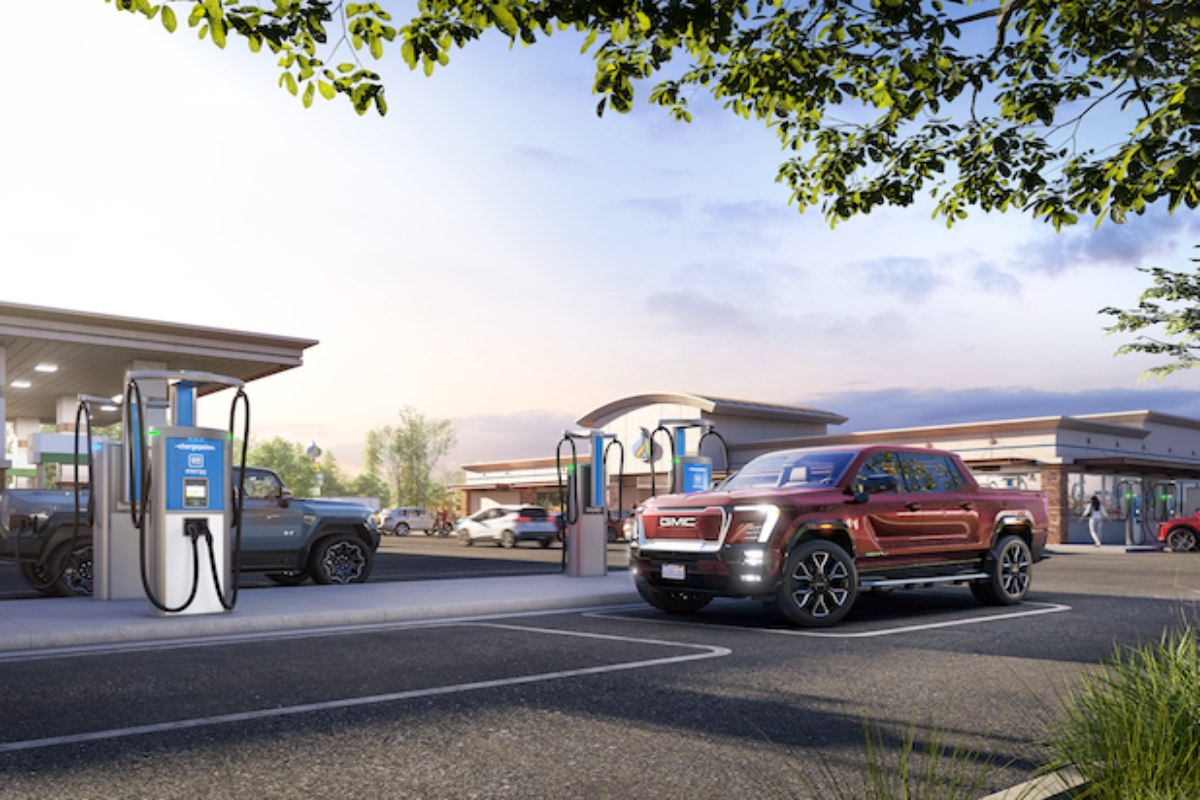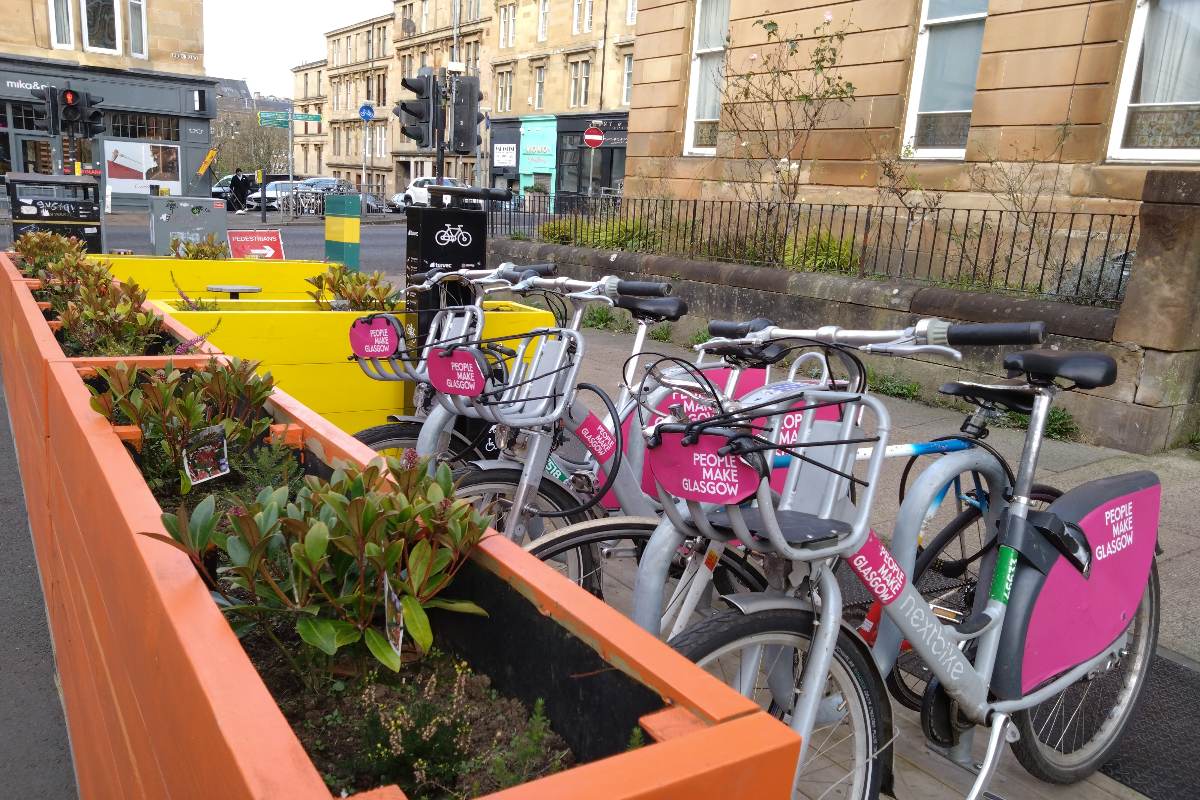Special Reports
SusHi Tech Tokyo 2024: experience ‘Tokyo 2050’ todaySponsored by The SusHi Tech Tokyo 2024 Showcase Program Executive Committee
Connecting the smart city: LoRa, Li-Fi and 5G, by Gemalto’s Paul Bradley
Whilst 5G and LiFi will no doubt revolutionise the way in which smart cities operate, it’s not the only network that can facilitate the intuitive connections of smart devices.
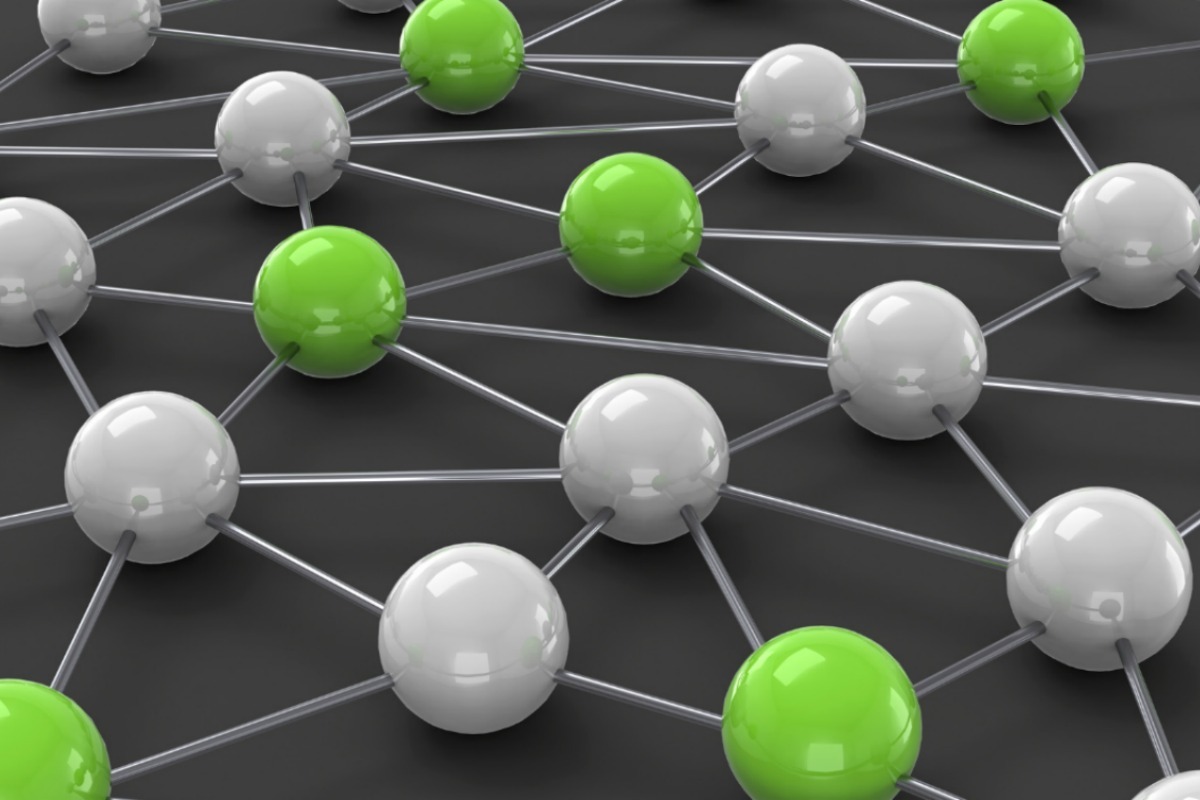
The prospect of the smart city is closer than we think, with a new generation of wireless technologies such as Long Range Radio (LoRa), Light Fidelity (Li-Fi) and 5G, and the emerging boom in Internet of Things (IoT) devices soon set to transform our experience of the urban landscape.
The latest developments in new wireless technologies will power all aspects of smart cities across the globe, from connected cars, sustainable utilities networks and ever-smarter public transport systems. These networks, and the devices they connect, are sure to change the way we work, live and play in the city in the near future.
Spending on IoT for smart cities is set to rocket over the next four years, with research firm IDC predicting spending on IoT devices and services is expected to grow to $1.7 trillion by 2020. The multiple benefits that IoT will bring to business and consumers in cities, to make 21st century urban life easier, more productive, environmentally-friendly and generally loads more fun, is hard to overstate.
Yet there is still one overwhelming obstacle that device manufacturers and software developers are facing right now. The mobile internet as we know it, even in its current ‘fourth generation’ (4G) stage, was not built for IoT.
In terms of the practical applications, that low latency is what is going to provide the essential real-time and ultra-reliable interactivity for any smart services using the cloud such as, for example, self-driving connected cars, healthcare monitoring systems, AI robotics and other industrial applications. Autonomous drones and driving networks are going to need incredibly fast response times, yet won’t need particularly fast data rates.
So, for example, a car running at 100km/h will move 27.6m every second, or 2.7cm every millisecond. If the sensors on the road capture an unexpected event ahead
Other 5G network use cases, such as enterprise cloud based services, are likely to require fast data rates, but not be so dependent on incredibly low latency. MNOs will be able to “slice” their 5G networks up accordingly to meet the different requirements of different services.
Of course, with all of these new and developing IoT devices and smart city services, security is paramount. This is particularly obvious, for example, with things such as autonomous cars and healthcare devices, where any interference or potential network hacks can have disastrous consequences. Businesses have to ensure that security is engrained into their 5G networks from the offset, and should be sure to educate their employees on the importance of security.
In the future, the use of these secure and super-fast 5G communications networks by city councils, businesses and hardware manufacturers, will enable smart cities to adapt quickly and safely to traffic jams, road and rail emergencies, weather dangers and other such urban disasters that would have previously caused major disruptions to urban life.
5G will be comprised of various different components, one of the most important being Li-Fi. An incredibly high speed wireless technology very similar to (though considerably faster than) Wi-Fi, Li-Fi implementations can reach blisteringly fast speeds of 224 gigabits per second. This optical communication technology differs to Wi-Fi, in that Wi-Fi runs on radio waves whilst Li-Fi uses visible light.
Besides its incredible speeds and latency, one of the key benefits of Li-Fi is that it’s transmitted by light-emitting diode (LED) bulbs, which can bring fast, highly reliable connectivity to places where Wi-Fi can’t, such as on planes, submarines, nuclear power stations and hospitals, for example.
Overall, as well as being considerably quicker, Li-Fi is a more affordable and secure solution for smart city applications. South Korea already plans to have a fully-operational Li-Fi based 5G network in place for the Winter Olympics in 2018, while Japan will have a 5G network for the Summer Olympics in 2020.
Whilst 5G and LiFi will no doubt revolutionise the way in which smart cities operate, it’s not the only network that can facilitate the intuitive connections of smart devices. In the future, as cities become increasingly digital, with millions of low power sensors in buildings, embedded in everyday objects and monitoring utilities networks, traffic flows, weather conditions and so on, LoRa will fast become a truly disruptive technology.
LoRa is particularly compelling when we are looking at widespread flood, weather and traffic management systems and applications. This is because it’s secure, widely available and highly affordable, delivering on the promise of these types of low bandwidth, low power use cases. This low-cost network designed by security experts to ensure the reliability and safety of the devices and systems used for the IoT is a vital component of what are referred to as Low Power Wide Area Networks (LPWAN) across the globe.
It is developed by an open consortium (the LoRa Alliance) and based on open standard protocols. Plus, importantly, it can also be configured to work on different frequencies on the free radio spectrum, which allows for ground-breaking applications both indoor and outdoor (and underground) across built-up areas, as well as crossing long distances and extensive geographical zones, such as weather and water management systems.
The LoRa Alliance, for example, is working on projects to easily connect water meters, leak detection sensors, moisture sensors and smart sprinklers to better manage and avoid flooding and water-shortages in the future. LoRa networks can also connect lots of other low-cost, battery-powered IoT applications, helping to set up and manage systems such as better waste management, smart agriculture, intelligent parking, street lighting and more.
The future certainly looks bright for smart city projects across the globe, with all manner of artificially intelligent devices and utilities set to power buildings, cars and every element of our working and social lives. But the importance of 5G, Li-Fi and LoRa technologies should not be overlooked, as it’s the smart, secure, intelligent and responsive networks that they enable that will make our cities far safer and much more enjoyable places to live.
So, whether your smart city project is in full swing or you’re about to take the first step, it’s absolutely imperative that you understand the power, detail, intricacy and use cases of each of these revolutionary networks, as ultimately, they will enable you to fulfil the true potential of your smart city.
Paul Bradley is the 5G & Transport Strategy Director at Gemalto. In his role, Paul mobilises his teams to converge upon the best, most appropriate mobile digital security strategy for 5G that enables Gemalto’s overall product and solution strategy. Paul has been with Gemalto for 17 years, filling a range of roles including technical director in the European team through to manager of the Global Multi-Tenant SIM Product Line and overseeing NFC commercial launches worldwide, before changing to his new role. He offers a wealth of experience, having operated within the telecoms industry for nearly 20 years.

